News Blog
Latest News From Our Volunteers in Nepal
VOLUNTEER COMMUNITY CARE CLINICS IN NEPAL
Nepal remains one of the poorest countries in the world and has been plagued with political unrest and military conflict for the past decade. In 2015, a pair of major earthquakes devastated this small and fragile country.
Since 2008, the Acupuncture Relief Project has provided over 300,000 treatments to patients living in rural villages outside of Kathmandu Nepal. Our efforts include the treatment of patients living without access to modern medical care as well as people suffering from extreme poverty, substance abuse and social disfranchisement.
Common conditions include musculoskeletal pain, digestive pain, hypertension, diabetes, stroke rehabilitation, uterine prolapse, asthma, and recovery from tuberculosis treatment, typhoid fever, and surgery.
FEATURED CASE STUDIES
Rheumatoid Arthritis +
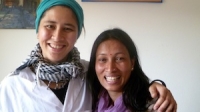
35-year-old female presents with multiple bilateral joint pain beginning 18 months previously and had received a diagnosis of…
Autism Spectrum Disorder +
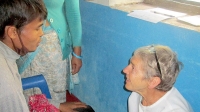
20-year-old male patient presents with decreased mental capacity, which his mother states has been present since birth. He…
Spinal Trauma Sequelae with Osteoarthritis of Right Knee +
60-year-old female presents with spinal trauma sequela consisting of constant mid- to high grade pain and restricted flexion…
Chronic Vomiting +
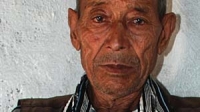
80-year-old male presents with vomiting 20 minutes after each meal for 2 years. At the time of initial…
COMPASSION CONNECT : DOCUMENTARY SERIES
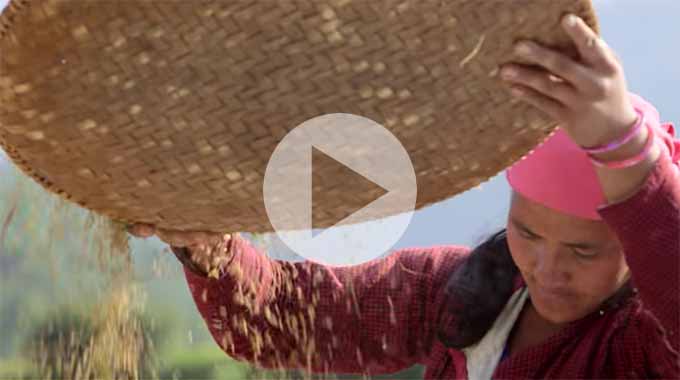
Episode 1
Rural Primary Care
In the aftermath of the 2015 Gorkha Earthquake, this episode explores the challenges of providing basic medical access for people living in rural areas.
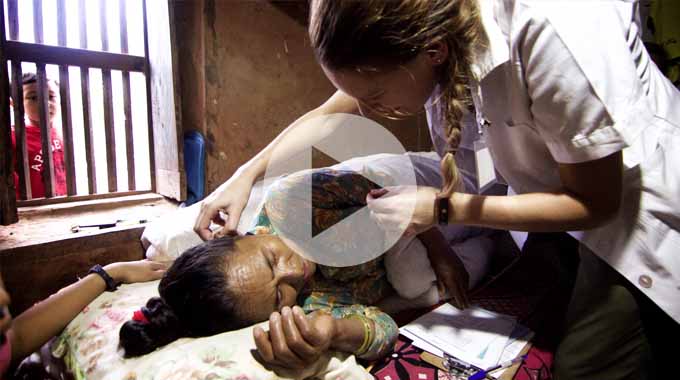
Episode 2
Integrated Medicine
Acupuncture Relief Project tackles complicated medical cases through accurate assessment and the cooperation of both governmental and non-governmental agencies.
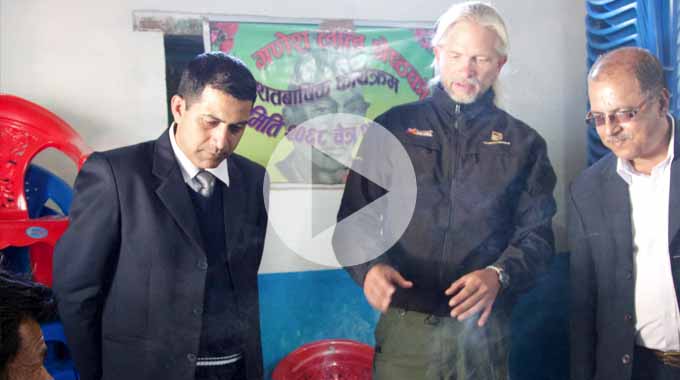
Episode 3
Working With The Government
Cooperation with the local government yields a unique opportunities to establish a new integrated medicine outpost in Bajra Barahi, Makawanpur, Nepal.
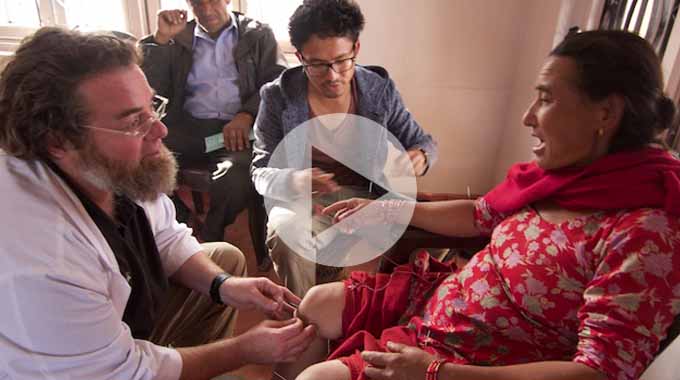
Episode 4
Case Management
Complicated medical cases require extraordinary effort. This episode follows 4-year-old Sushmita in her battle with tuberculosis.
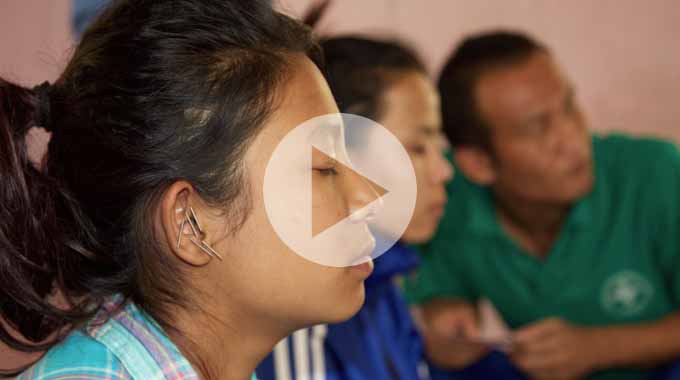
Episode 5
Sober Recovery
Drug and alcohol abuse is a constant issue in both rural and urban areas of Nepal. Local customs and few treatment facilities prove difficult obstacles.
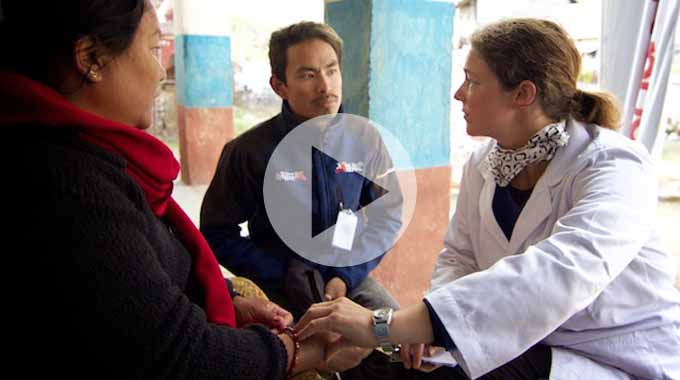
Episode 6
The Interpreters
Interpreters help make a critical connection between patients and practitioners. This episode explores the people that make our medicine possible and what it takes to do the job.
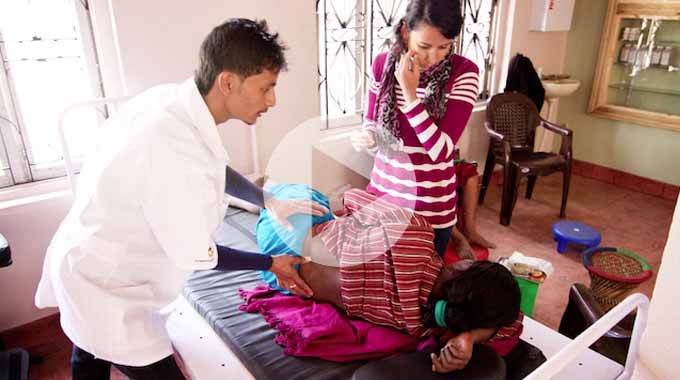
Episode 7
Future Doctors of Nepal
This episode looks at the people and the process of creating a new generation of Nepali rural health providers.
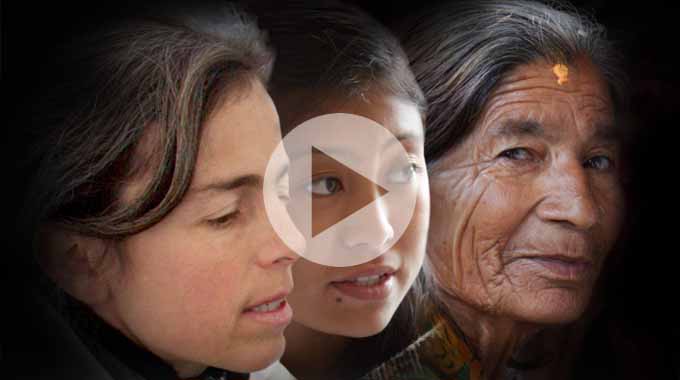
Compassion Connects
2012 Pilot Episode
In this 2011, documentary, Film-maker Tristan Stoch successfully illustrates many of the complexities of providing primary medical care in a third world environment.
From Our Blog

- Details
- By Michelle May
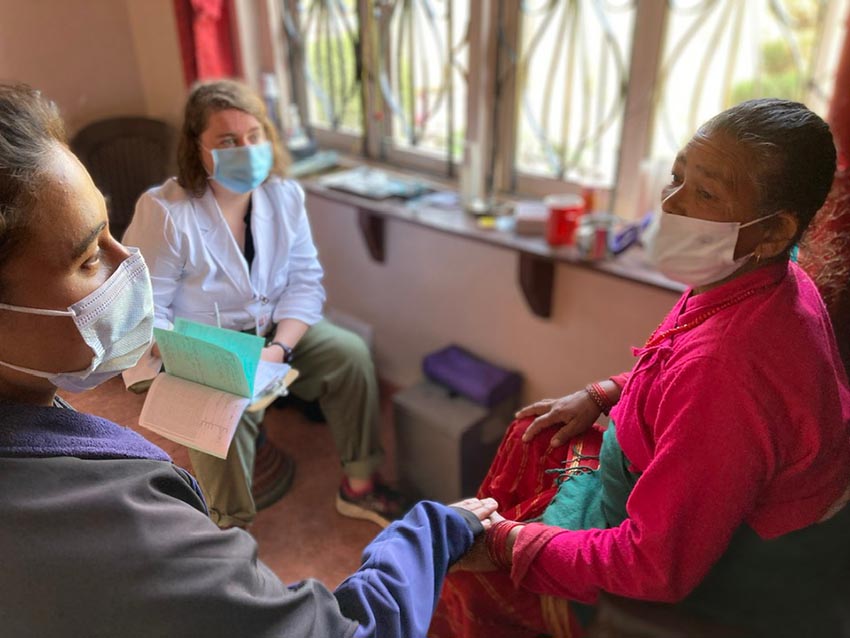
When I arrived in Nepal I was an anxious graduate student fresh out of acupuncture school during the Covid-19 pandemic. Having spent two years practicing medicine over zoom, I was nervous and doubtful about my skills as an acupuncturist. From the moment I arrived, everyone greeted and welcomed me with open arms. Satyamohan, Sushila, and the interpreters made me feel right at home and a part of every conversion. After just a few days with my new ARP family, all my worries melted away and I quickly found my new routine. The clinic is cleverly designed and well stocked, everything I could have needed to treat patients was provided and I was learning at a light years pace. The integration of the lifestyle clinic and neighboring health post is the perfect blend of Eastern and Western medicine. Together they are able to provide the patients with excellent primary care that would otherwise be difficult to obtain. One of the greatest advantages of working with the ARP was the ability to see a patient for 20-30+ visits. Seeing improvement with each treatment and trying different modalities was invaluable and rewarding. During my stay I’ve been able to regulate high blood pressure/sugars, reduce or eliminate complex pain syndromes, and support tremor/stroke rehab just with acupuncture. It blows my mind what few needles and Traditional Chinese Medicine can do.
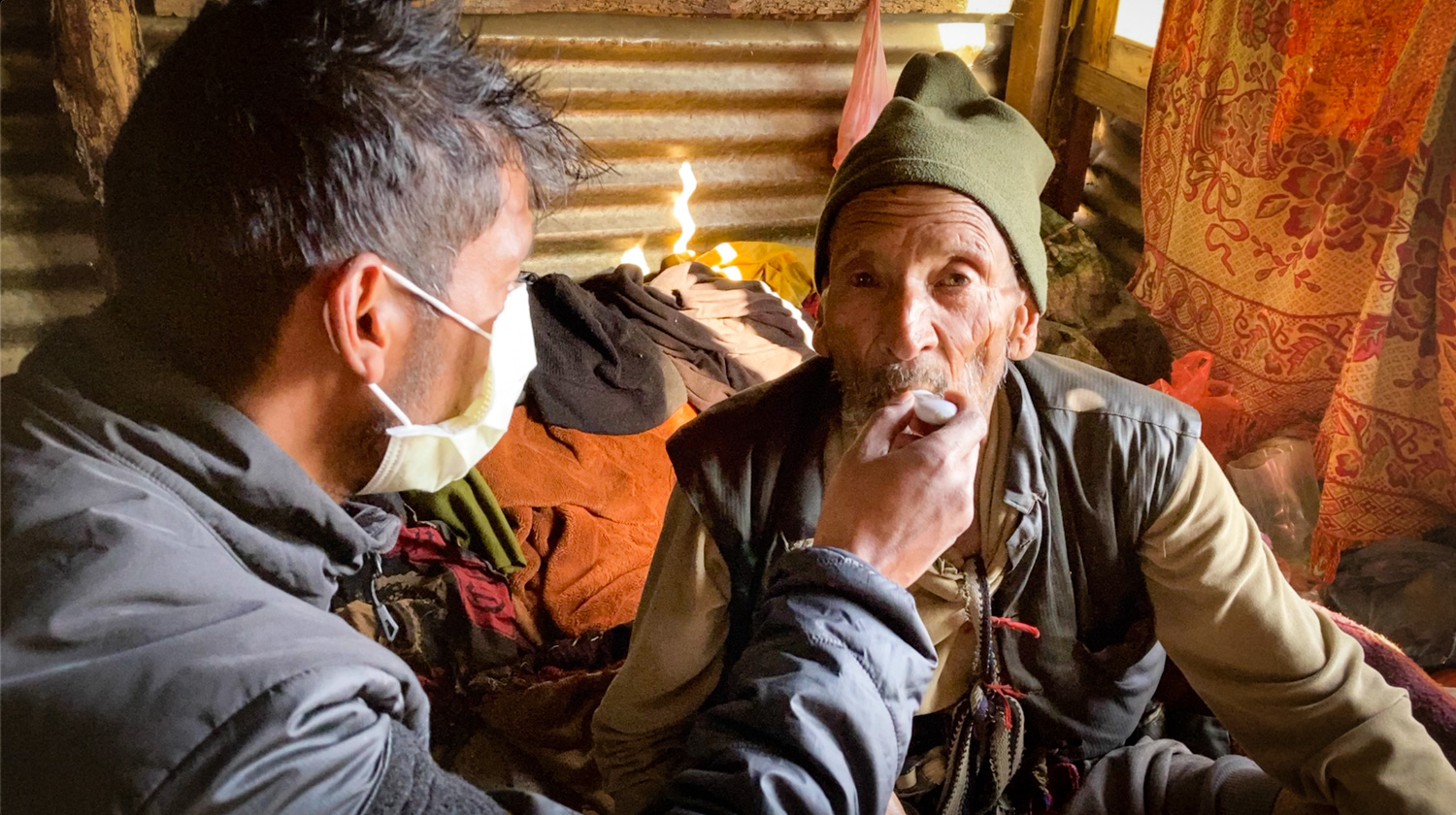
- Details
- By Andrew Schlabach
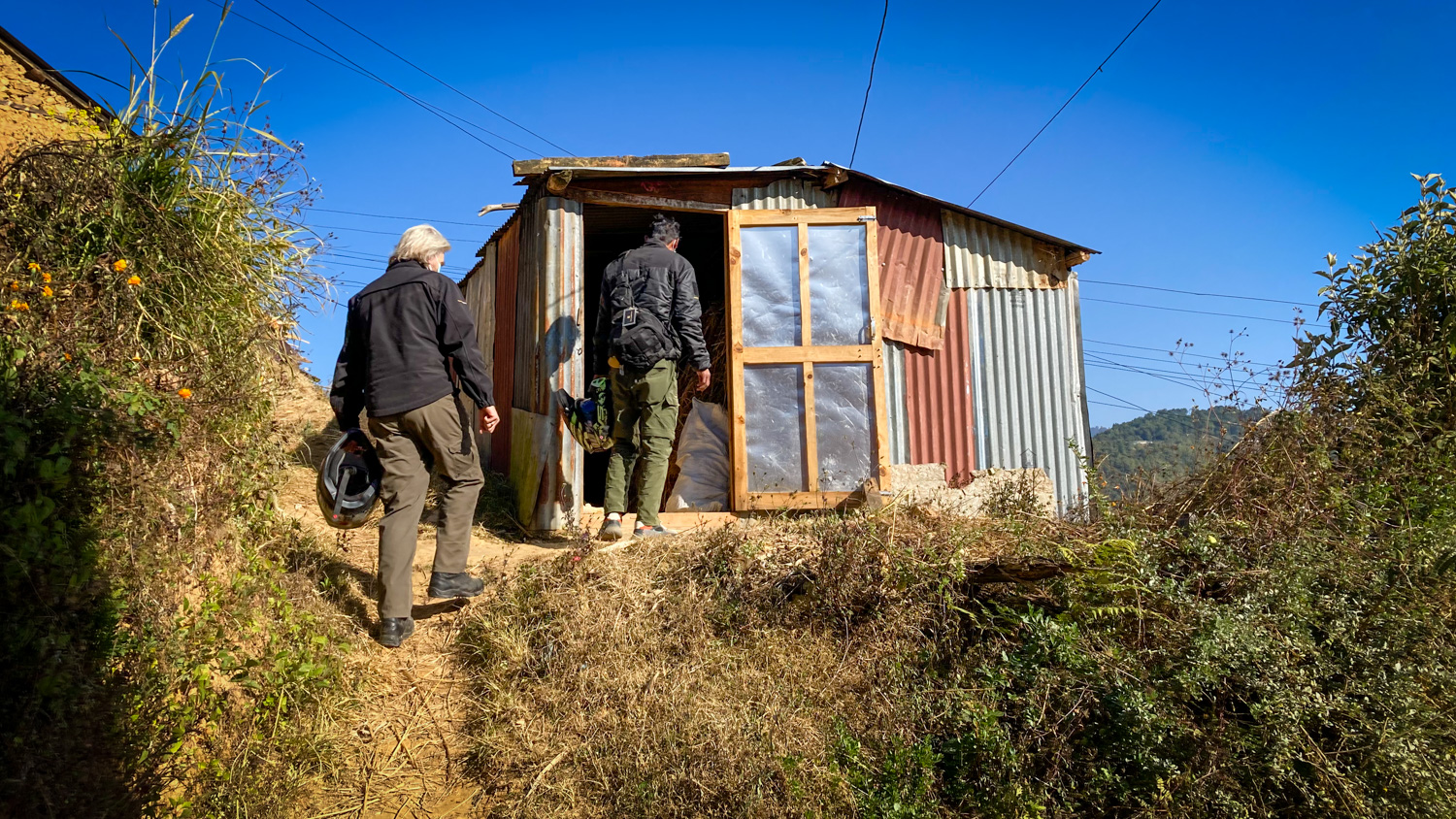
Ramkrishna’s eyes brightened with recognition as we entered. His room… a small tin shed. A collage of colors and rust patinas cover every surface of the salvaged corrugated metal. Six feet wide and ten feet long, the self-standing structure features one small window which casts a blade of bright light across Ramkrishna’s face. He shares the space with dried corn, broken farming tools and a stack of dried rice sheaves which serves as feed for livestock. A rough pile of filthy blankets outline a sleeping area on the concrete floor. A small well-used tea kettle sits on a ring of partially charred sticks. The remnants of this morning’s cooking fire.
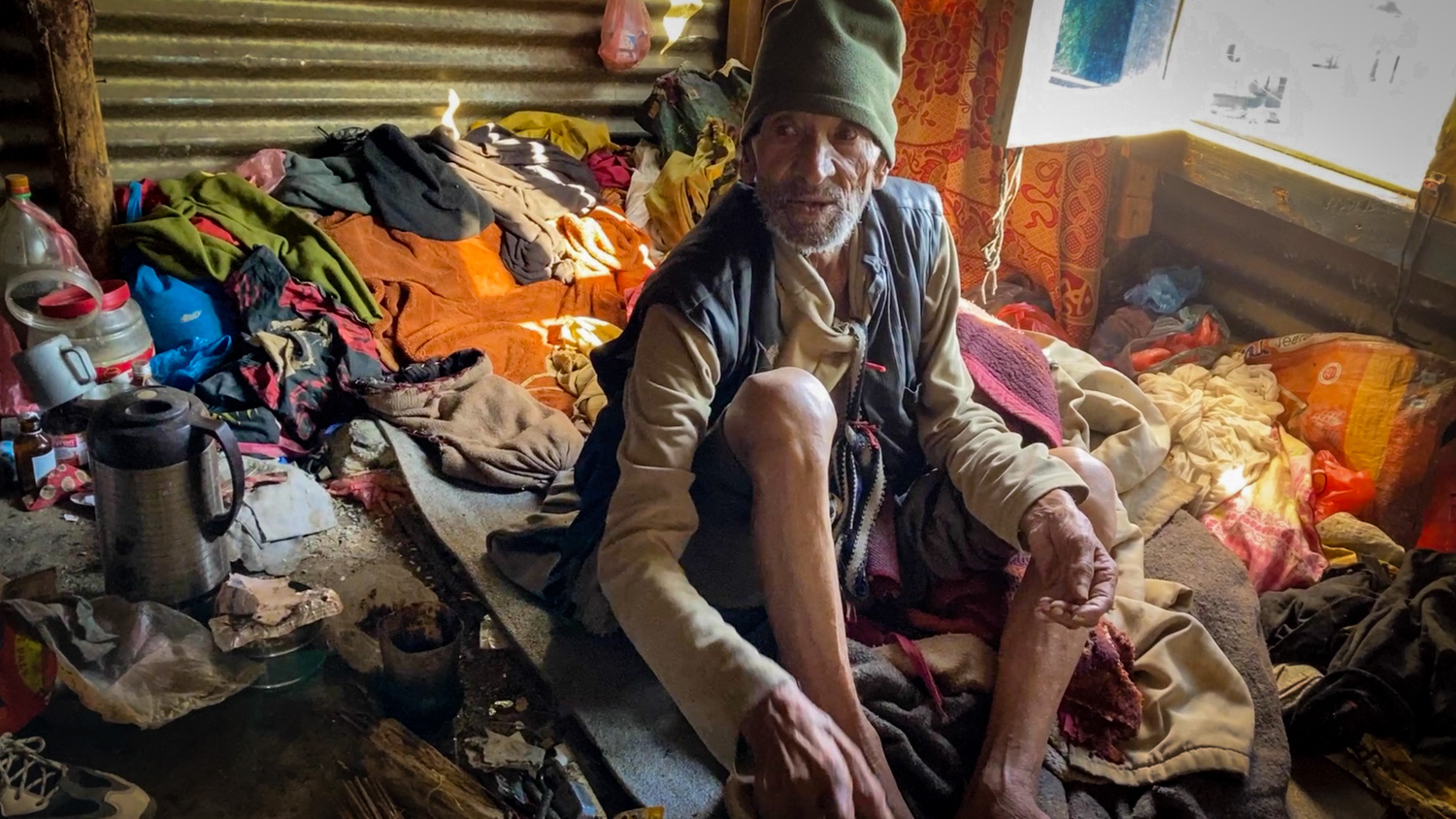 Ramkrishna December 2021, Thaha, Makwanpur, Nepal
Ramkrishna December 2021, Thaha, Makwanpur, Nepal
Ramkrishna speaks breathlessly with an ominous gurgling in his chest.
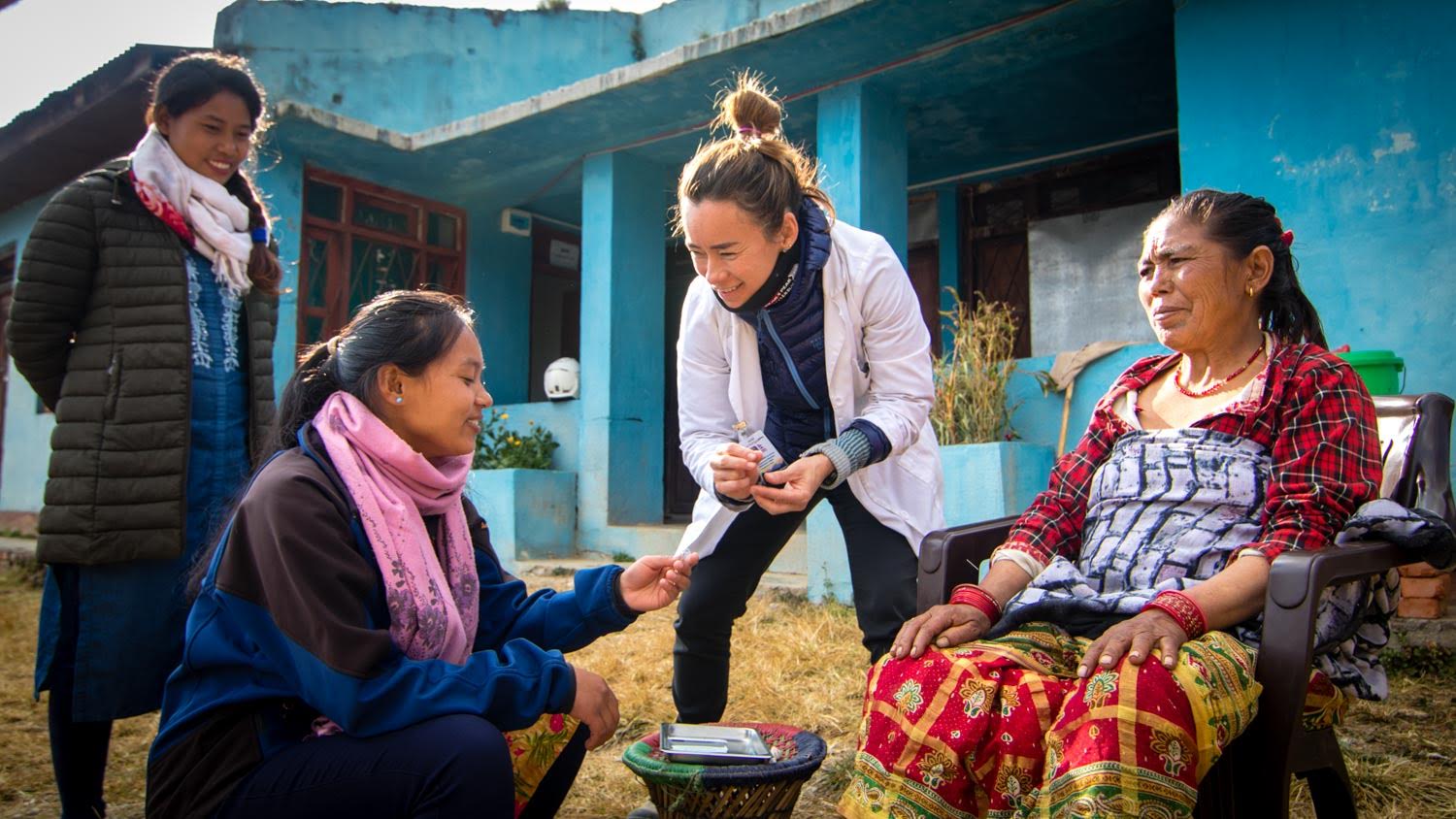
- Details
- By Tameka Lim-Velasco

“Finding our own definition of success means becoming aware of what we value. Often, this means rinsing years of conditioned thinking from our minds.” - Anonymous
I recently returned home to Portland Oregon after spending two months working as a volunteer at Acupuncture Relief Project (ARP) in rural Nepal. Within my first year of school at Oregon College of Oriental Medicine I knew that after I graduated from my MAOM program, I wanted to go work for ARP and Good Health Nepal. At that time, little did I know what it would actually mean for me professionally and personally. I can say without a doubt, working in an integrated clinic in rural Nepal these last few months was the most transformative journey I have ever undergone. To emphasize the enormity of such a statement I would like to share that my background includes extensive travel to 27 countries, 7-years as an Expat in Spain, two Master’s programs, 4 businesses (2 sole proprietorships, 2 LLC’s), a professional career in Business Admin, a significant history of personal health challenges and a recent separation from a six-year marriage.
Our Mission
Acupuncture Relief Project, Inc. is a volunteer-based, 501(c)3 non-profit organization (Tax ID: 26-3335265). Our mission is to provide free medical support to those affected by poverty, conflict or disaster while offering an educationally meaningful experience to influence the professional development and personal growth of compassionate medical practitioners.
